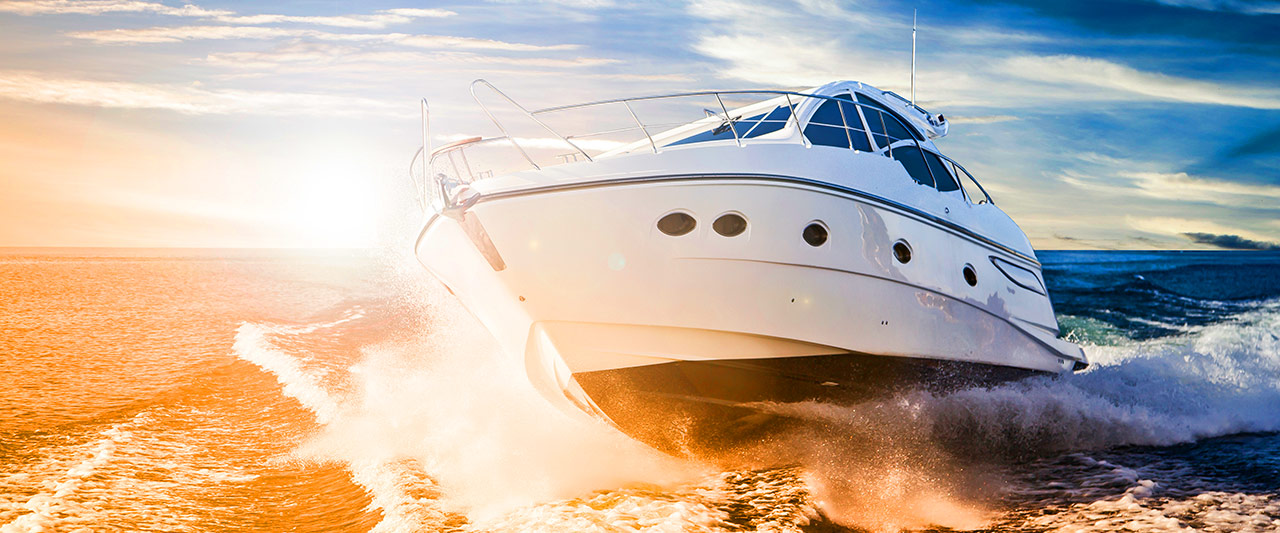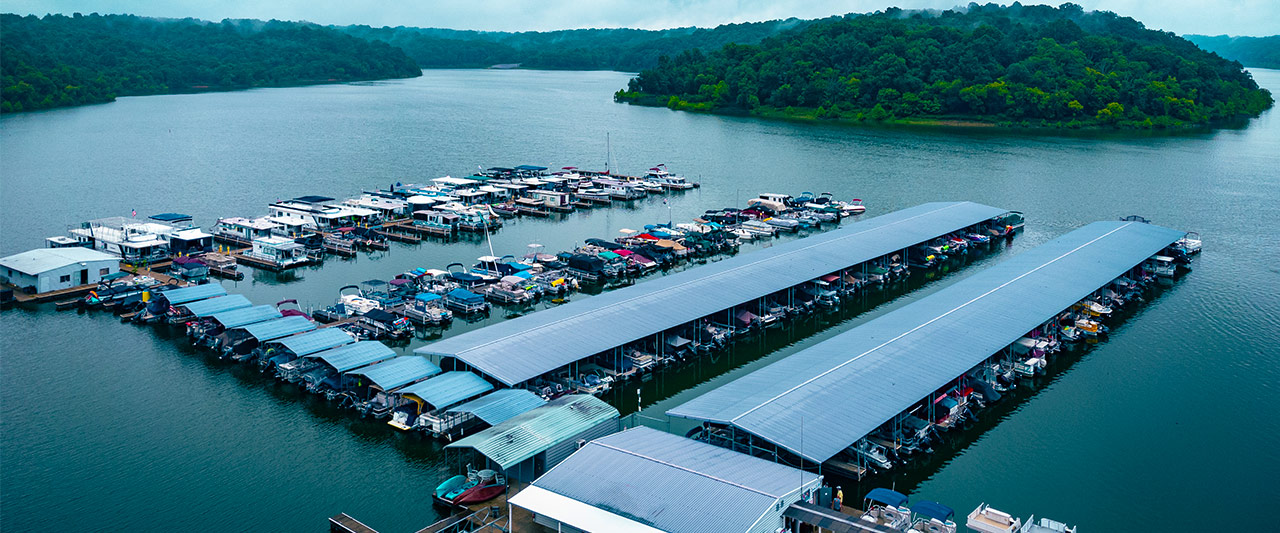
Marinas represent a unique hybrid investment asset class, combining real estate value and business operations. On the real estate side, marinas generally involve “water rights” and some amount of land providing water access, often including roads and structures. Floating assets such as docks, boats, and buildings contribute to the infrastructure. On the business side, marinas generate revenue through multiple active income streams, including but not limited to boat slips, rentals, storage, and various services.
Unlike multifamily properties, which primarily rely on rental income, private marinas often feature a dozen or more distinct revenue streams. This diversification can make marina operations complex, requiring effective management to optimize returns.
Categories of Marina Assets
There are four main categories of marinas in the U.S., although only private marinas present viable investment opportunities:
- Municipal Marinas: Owned and operated by government entities (city, state, federal, national parks, etc.), these marinas typically provide basic access and services for public benefit and are not available for sale.
- Private Yacht Clubs: Owned and operated by the club and accessible to members with significant fees and exclusive amenities. These are also generally not for sale.
- Dry Stack Storage Facilities: Privately owned, these marinas offer dry storage to alleviate dock space limitations and protect boats from adverse weather. These facilities may be open to investors.
- Private Marinas: Offering diverse services and revenue streams, private marinas represent the primary focus for investors. Approximately 96% of private marinas in the U.S. are owned by small businesses, making them accessible for individual investment.
Within private marinas, there are additional subcategories:
- Coastal Marinas: Typically accommodate larger vessels and may face more severe weather conditions.
- Inland Marinas: Usually cater to smaller vessels and have regional variances, such as more extensive dry storage in northern areas where winter freezes are common.
In southern regions, where freezing is less of a concern, marinas may not require dry storage, and some allow slip rentals with attached house-like structures for year-round getaways.
Marina Revenue Streams Compared to Traditional Real Estate
Marinas support multiple revenue streams, making them more versatile than traditional real estate investments. Examples of revenue channels include:
- Boat Slips: These are comparable to multifamily rentals, typically involving long-term leases but with different eviction regulations.
- Boat Clubs: Similar to timeshares, with membership fees and reservation rights.
- Boat Rentals: Resembling car rentals, offered at short-term rates.
- Boat Sales and Repairs: Similar to car dealerships and repair shops, with revenue from sales markup and service.
- Boat Storage: Comparable to self-storage, often rented for extended periods.
- Aquatic Gear Rentals: Similar to bike rentals, with fees for inner tubes, wakeboards, skis, and other equipment.
- Fuel Sales and Ship Stores: These stores are comparable to gas stations and retail shops, with markups on consumables and merchandise.
- Restaurants and Bars: Seasonal, high-profit services offering food and beverages.
- Cabin Rentals and Glamping: Resembling short-term vacation rentals (VRBOs or Airbnb), providing amenities from simple fire pits to luxury yurts.
- RV Pads: These are comparable to RV parks and are often leased on an annual basis.
- Houseboat Rentals: Analogous to RV rentals, with slips reserved for floating homes.
In addition, many marinas monetize access to amenities, entertainment, and parking, appealing to guests who may not own boats but enjoy the lifestyle a marina offers.
Seasonal Volatility in Marina Revenue
Traditional residential investments often provide a steady, year-round revenue stream. Marinas, however, are subject to seasonal demand influenced by school schedules and weather. Northern marinas, in particular, face challenges when lakes freeze in the winter, affecting cash flow consistency.
Marinas can maximize long-term lease revenue streams to mitigate seasonal income volatility, such as annual boat slips and RV pad rentals. These options provide affordable alternatives for individuals seeking permanent lakefront access and help maintain consistent cash flow during the off-season.
Managing Off-Season Operations
Seasonal cycles in marina operations require staff adjustments and off-season maintenance. While some staff members are retained year-round, seasonal staff are added for peak periods to align expenses with revenue cycles. During the off-season, management typically handles repairs and improvements, ensuring facilities are prepared for the next busy season.
Balancing annual and short-term leases ensures a steady income flow to sustain marina operations and deliver returns to investors.
Comparison with Other Investment Options
- Traditional Real Estate (e.g., Multifamily): Offers steadier, year-round income but lacks the diversified revenue potential and lifestyle appeal that marinas offer.
- Hospitality (e.g., Hotels): Like marinas, hotels are often seasonal, but marinas benefit from broader revenue opportunities and cater to a distinct demographic.
- Self-Storage: Provides stability similar to marina storage, although marinas additionally offer hospitality-driven revenue streams and varied outdoor amenities.
Conclusion
Marinas represent a hybrid of real estate and operational business, appealing to investors willing to navigate the complexity in exchange for a diverse income potential. With proper management, marina investments offer the financial benefits of commercial real estate and the opportunity for lifestyle-based revenue streams that can yield attractive returns.
If this asset class interests you, reach out to us at investing@southsilvergroup.com or schedule a time to chat with Jay at your convenience. We’d love to help you reach your investing goals in any way we can.









